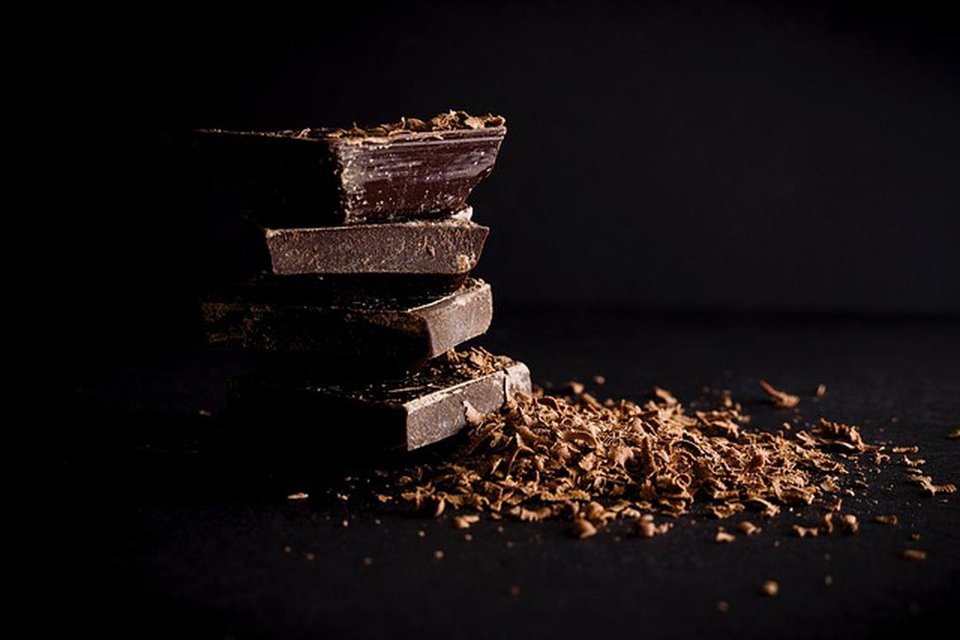Take some foods with a pinch of salt

Published on
15 Jul 2017
Published by
The Straits Times
Some foods do not taste salty but, in actual fact, the sodium lurking inside is very high
Singaporeans are big consumers of salt. Each person on average consumes 8.3g of salt daily, over 60 per cent above the recommended daily level of 5g or about a teaspoon.
This statistic is from the Health Promotion Board's (HPB) Salt Intake Study that was part of the National Nutrition Survey in 2010.
Here is a guide to knowing your salt from sodium, and the amounts found in hawker food like Hokkien mee and curry, as shared by dietitians Daphne Loh from Gleneagles Hospital and Jaclyn Reutens from Aptima Nutrition & Sports Consultants.
Q What is the difference between salt and sodium?
A Though the two terms are used interchangeably, they have distinct chemical and structural differences.
Sodium is a mineral, whereas salt is a crystalline compound.
About 40 per cent of salt is composed of sodium, with the remaining 60 per cent being chloride.
Sodium occurs naturally in food and is also added during manufacturing. Salt is the main source of sodium in our diet.
Q What is the recommended daily intake of salt?
A The recommended daily intake of salt is 5g, or one teaspoon. This is equivalent to no more than 2,000mg of sodium.
Q Why do we need to take salt? What happens if we consume too much?
A Our body needs the right amount of salt to maintain the right volume of blood and tissue fluids circulating around the body. They help to control muscle contraction and nerve impulses.
If we consume too little salt (which rarely happens), a condition called hyponatraemia may occur. In severe cases, a person may experience nausea, vomiting and dizziness and fall into a coma.
Taste alone is not an accurate way to judge the sodium content of a dish.
While some foods that are high in sodium (like pickles and soya sauce) taste salty, there are others (like cereals and pastries) that contain sodium but do not taste salty.
If we take too much salt, the risk of high blood pressure (hypertension) increases. Hypertension is a silent killer because it is linked to cardiovascular and kidney disease.
Q What are common ingredients which refer to sodium?
A Besides salt, food additives such as monosodium glutamate (MSG), sodium bicarbonate (baking soda), sodium nitrite and sodium benzoate contribute to the total amount of sodium listed on the label.
Sauces such as tomato ketchup, chilli sauce and belachan can contain high amounts of salt even though they taste sweet or spicy.
Foods that have been pickled may taste more sour than salty, but they actually have a high salt content.
Q Are there foods which do not taste very salty but actually contain a lot of salt?
A Yes. Taste alone is not an accurate way to judge the sodium content of a dish.
While some foods that are high in sodium (like pickles and soya sauce) taste salty, there are others (like cereals and pastries) that contain sodium but do not taste salty.
Some foods that you may eat several times a day, such as bread and noodles, can add up to a lot of sodium, even though an individual serving may not be high in sodium.
Q Are there healthier alternatives to salt?
A There aren't healthier food substances that taste like salt per se, but there are other natural flavouring agents that can make food tasty. These contain sodium in small amounts, or glutamate, a natural flavour-enhancing compound.
They include herbs and spices such as rosemary, turmeric and basil; vegetables such as celery, onion and carrot; and chicken, beef and pork bones.
Grilling, braising, roasting, searing and sauteing food can help bring out the natural flavours and reduce the need to add salt.
Q What are the saltiest hawker dishes in Singapore?
A Many hawker dishes are loaded with sodium. Laksa, for example, contains 7,904mg of sodium in one portion. Subtract the gravy and the sodium level dips to 1,592mg.
Other high-sodium dishes are mee goreng, chicken curry noodles and seafood ee mian.
The Straits Times © Singapore Press Holdings Limited. Reproduced with permission.
ALL views, content, information and/or materials expressed / presented by any third party apart from Council For Third Age, belong strictly to such third party. Any such third party views, content, information and/or materials provided herein are for convenience and/or general information purposes only. Council For Third Age shall not be responsible nor liable for any injury, loss or damage whatsoever arising directly or indirectly howsoever in connection with or as a result of any person accessing or acting on any such views, content, information and/or materials. Such third party views, content, information and/or materials do not imply and shall not be construed as a representation, warranty, endorsement and/or verification by Council For Third Age in respect of such views, content, information and/or materials.







